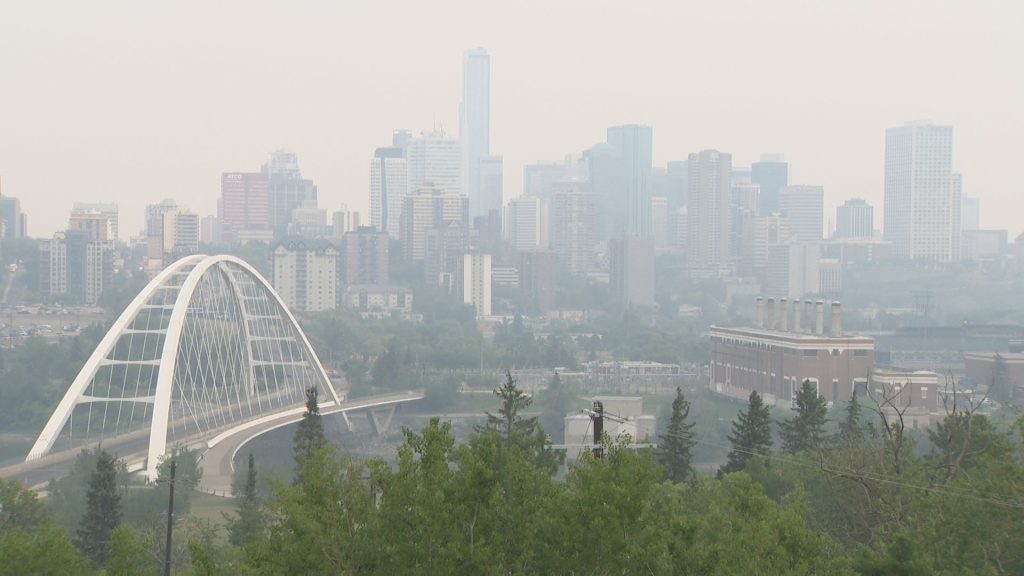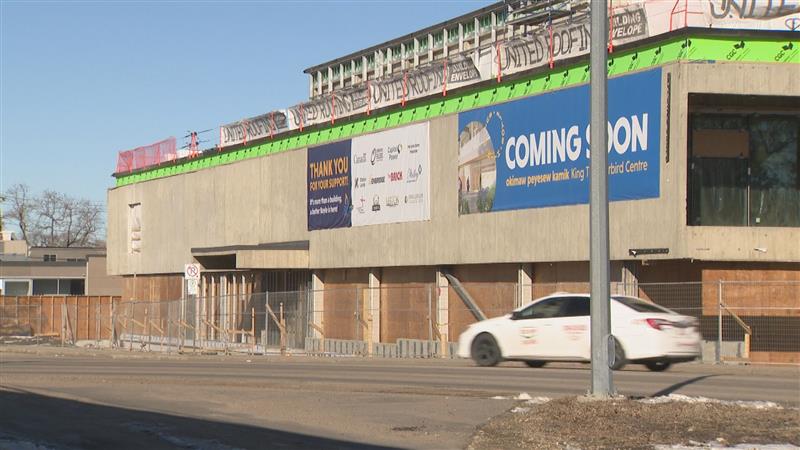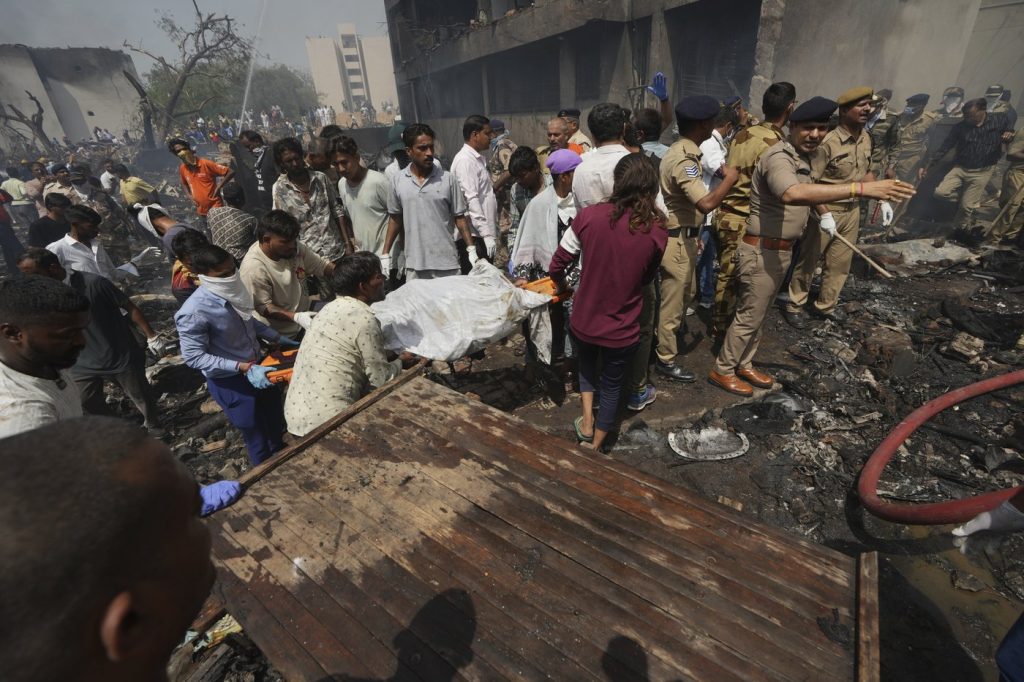Edmonton police identify two bodies found in 1970s
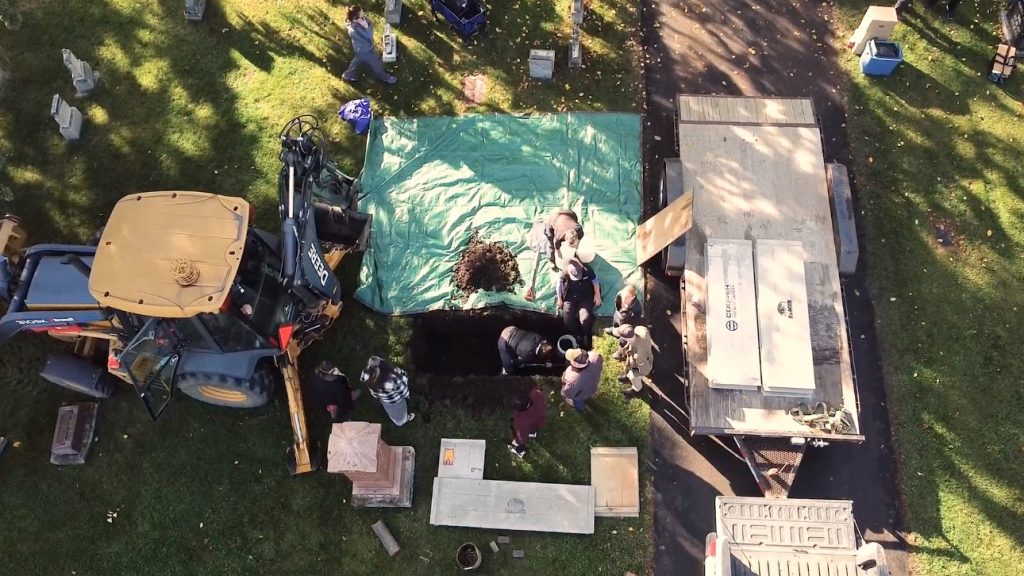
Posted February 23, 2024 11:40 am.
Last Updated February 23, 2024 2:04 pm.
Edmonton police have announced that through DNA technology, they’ve been able to identify the remains of two Indigenous women who were found dead in the 1970s.
Police say on July 30, 1975, the body of a woman was found dead in the North Saskatchewan River. At the time, the autopsy was able to determine the woman drowned but was unable to identify her.
The autopsy also ruled the death as not suspicious and she was later buried in an Edmonton cemetery.
On June 11, 1976, a woman was found dead outside in Edmonton. At the time, the autopsy was able to determine the woman drowned but was unable to identify her.
The autopsy also ruled the death was due to medical causes, and was also not deemed suspicious. She was also buried in an Edmonton cemetery.
EPS says in Aug. 2023, several partners began to review all EPS’ historical unidentified human remains investigations.
With the oversight of Elders to perform sacred ceremonies, the bodies of both women were exhumed on Sep. 27 and Oct. 4, 2023.

“In addition to determining the cause and manner of death of an individual who has died suddenly and without explanation in Alberta, the Office of the Chief Medical Examiner has a duty under the Fatality Inquiries Act to also establish their identity,” says Dr. Akmal Coetzee-Khan, Chief Medical Examiner.
Following this, the Office of the Chief Medical Examiner and an external forensic anthropologist reviewed reports from the initial autopsies, reexamined the remains, and collected samples containing DNA.
“At the request of and in partnership with the Institute for the Advancement of Aboriginal Women and the Edmonton Police Service, my office was able to support the exhumation and investigation efforts. As the cases fell under the legal scope of my office, we were able to collaborate with the Edmonton Police Service, the Institute for the Advancement of Aboriginal Women, and the RCMP National Centre for Missing Persons and Unidentified Remains to use new technologies to help identify the two deceased, whose cases had remained active investigations for the police and my office since the 1970s.”
EPS says through forensic testing, the body found in 1975 was identified as Louise Laderoute, and she was a member of the Papaschase First Nation.
At the time of her death, she would have been 24-years-old. She was also reported missing from Edmonton.
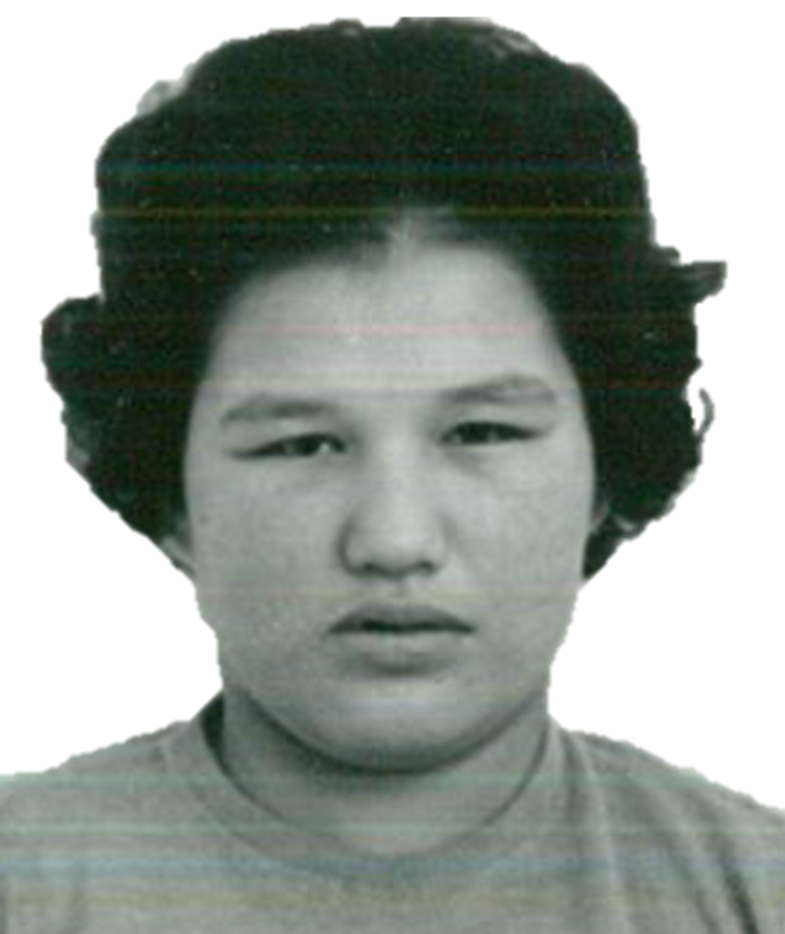
EPS says through forensic testing, the body found in 1976 was identified as Irene Jacknife.
At the time of her death, she would have been 30-years-old. She was reported missing from Drayton Valley.
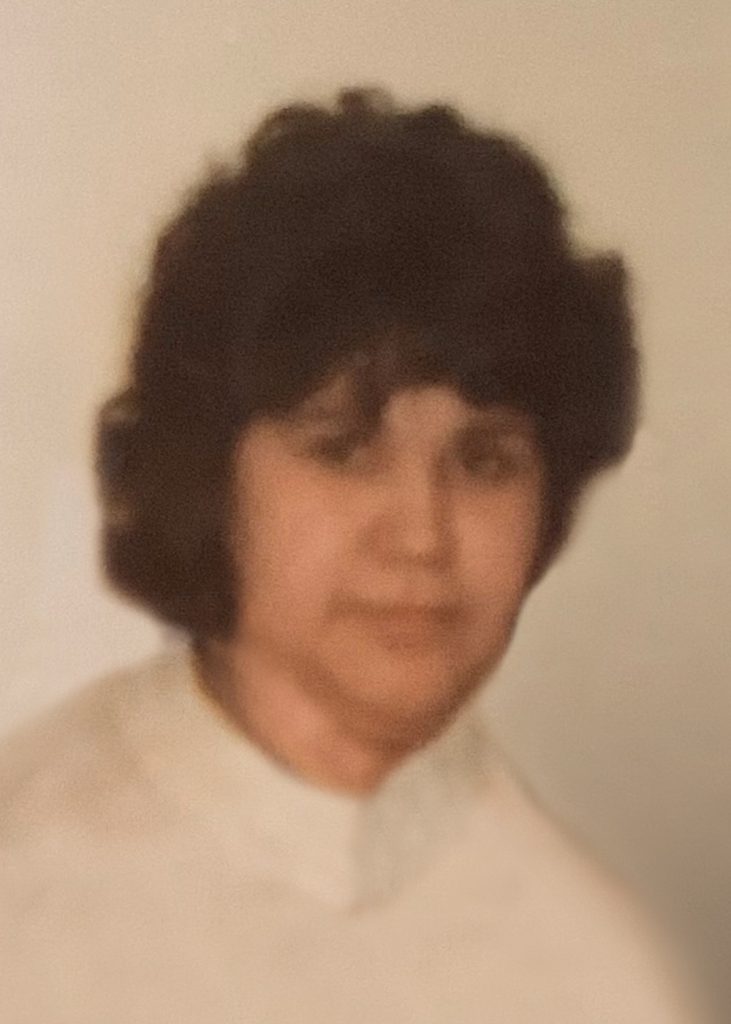
“Unsolved human remains cases leave behind families experiencing years, sometimes a lifetime, of ambiguous loss, grief and trauma” says Det. Kevin Harrison, with the EPS Historical Crimes Unit. “That’s why, together with the Office of the Chief Medical Examiner, we are working to apply today’s technology and investigative lens to these files to help bring some sense of resolution to the grieving families.”
Inspector Breanne Brown, who oversees the RCMP Historical Homicide and Missing Persons Units adding, “On behalf of the Alberta RCMP, I offer my heartfelt condolences to the families and hope that you can now have some comfort. We are always reviewing historical missing and murdered persons investigations to understand whether a new forensic technique, or investigative avenue, can be explored. We never stop looking for loved ones who have been lost.”
Edmonton police say they’re currently investigating 14 unsolved unidentified human remains files dating back to 1979.
